Friday, June 21, 2019 -
Benouville Bridge was a major objective of the British airborne troops in the opening minutes of the Allied
invasion of Normandy. A unit of glider infantry of the British 6th Airborne Division, commanded by Major John
Howard, was to land, take the bridges intact and hold them until relieved. The successful taking of the
bridges played an important role in limiting the effectiveness of a German counter-attack.


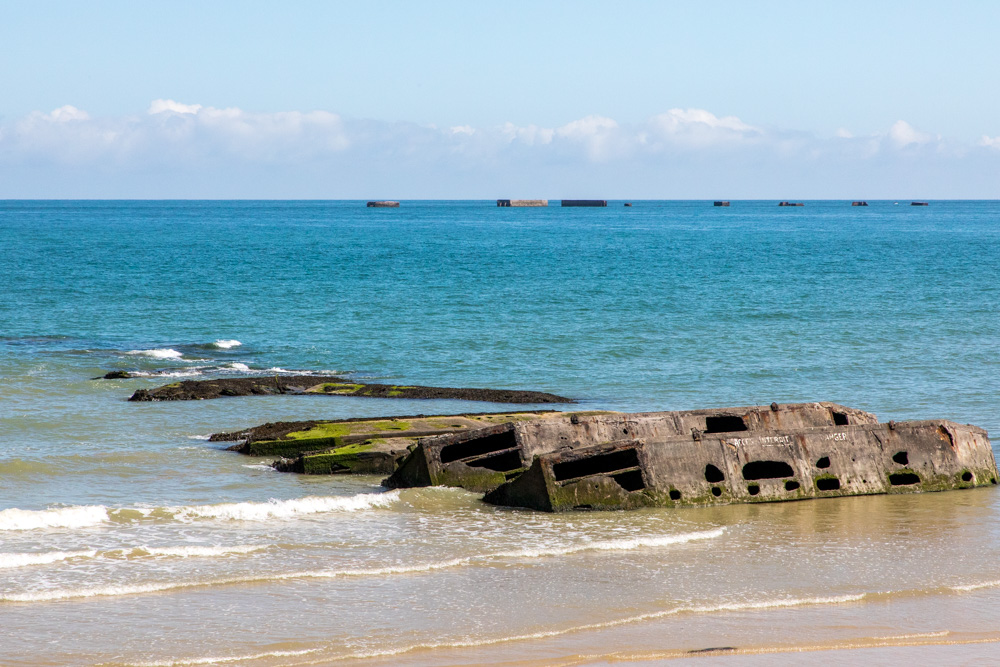
Today sections of the Mulberry harbor still remain with huge concrete blocks sitting on the sand and more can be seen further out at sea.
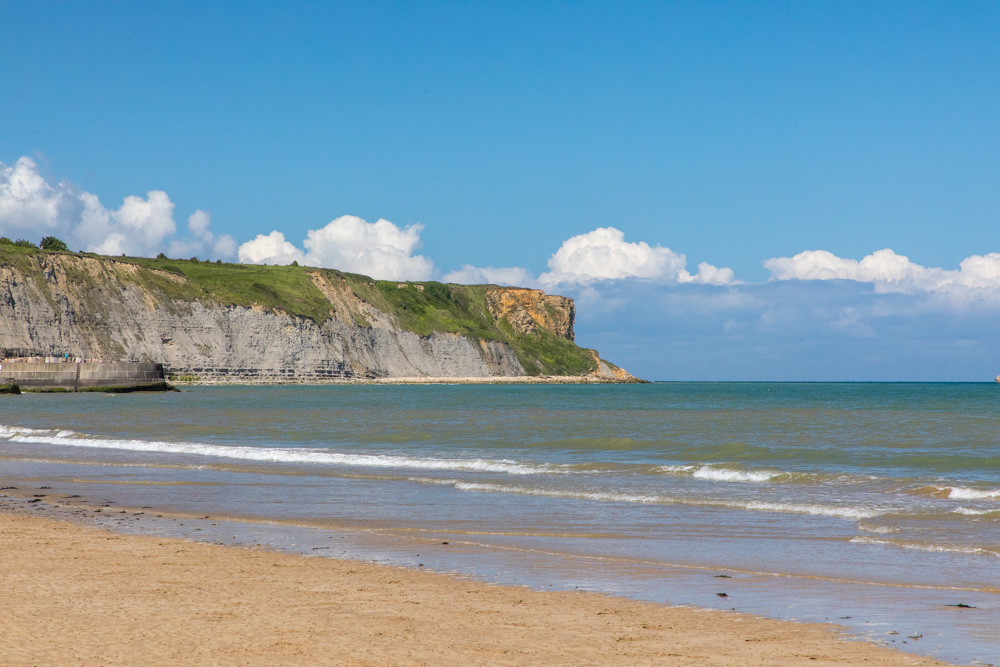
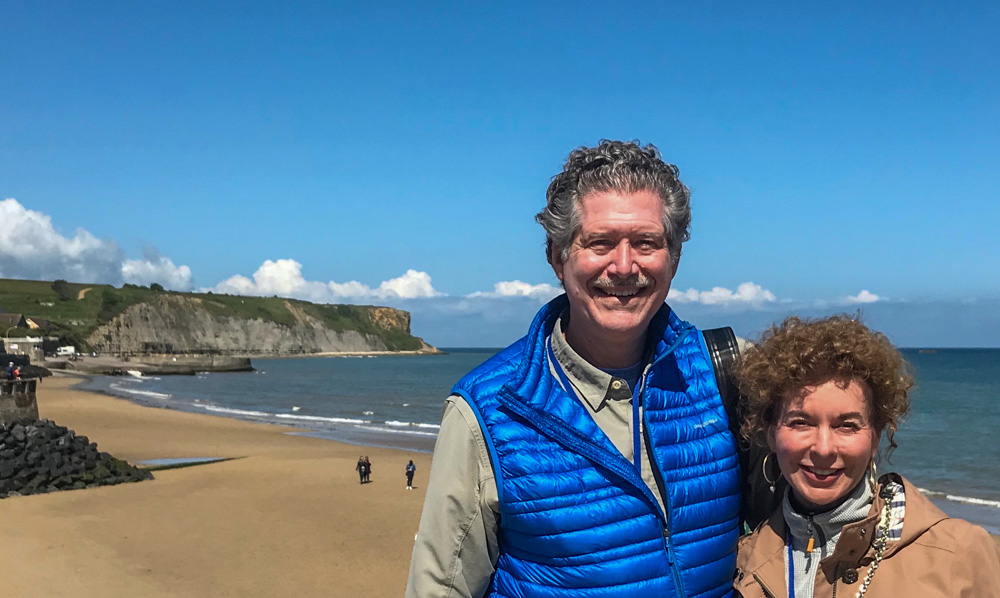
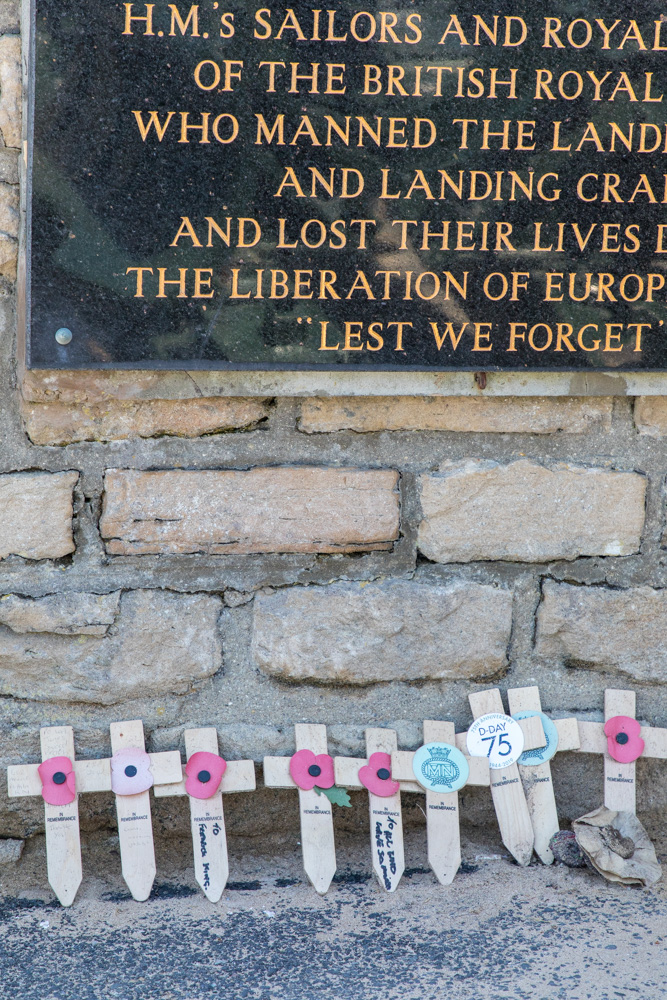
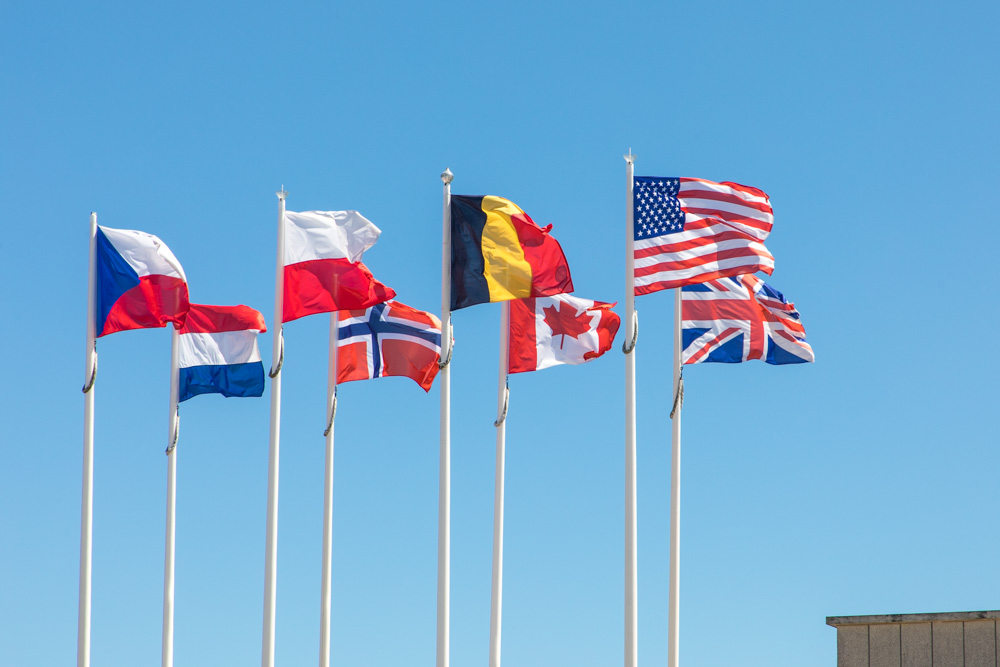

The Normandy American Cemetery on the site of the temporary American St. Laurent Cemetery, established by the U.S. First Army on June 8, 1944 as the first American cemetery on European soil in World War II.
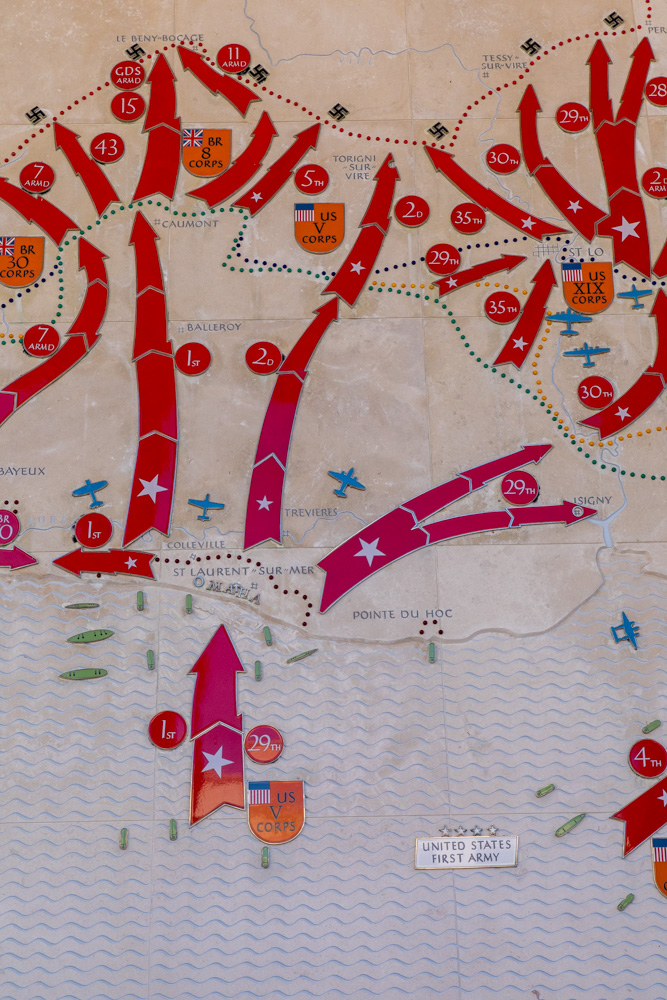
This is the section showing Omaha Beach and the maneuvers after the landings.


In World War II he rose to the rank of Brigadier General and served as assistant commander of the United States Army's 4th Infantry Division during the June 6, 1944 D-Day landings. He was the only general officer to land with the invasion forces that day, and led his men through France through the next month before he died, not in combat, of a heart attack.
He was posthumously awarded the Medal of Honor for his bravery on D-Day.
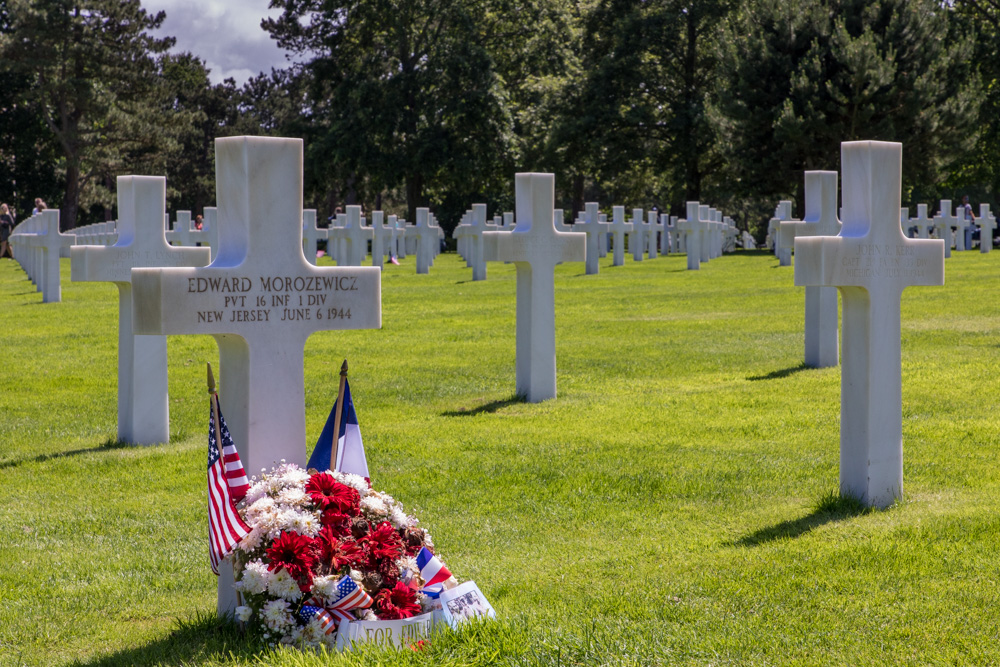
The name on the cross stands out because it was rubbed with sand from Ohama Beach. I served in the 16th Infantry Regiment while stationed with the 1st Infantry Division at Ft Riley KS - the 5/16 - or Devil Rangers.


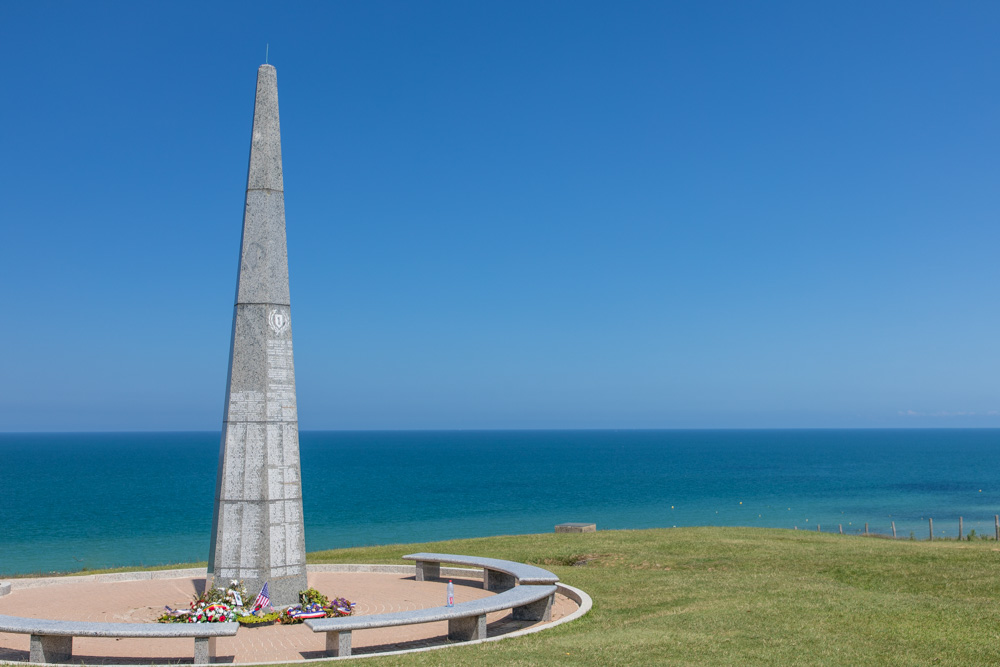
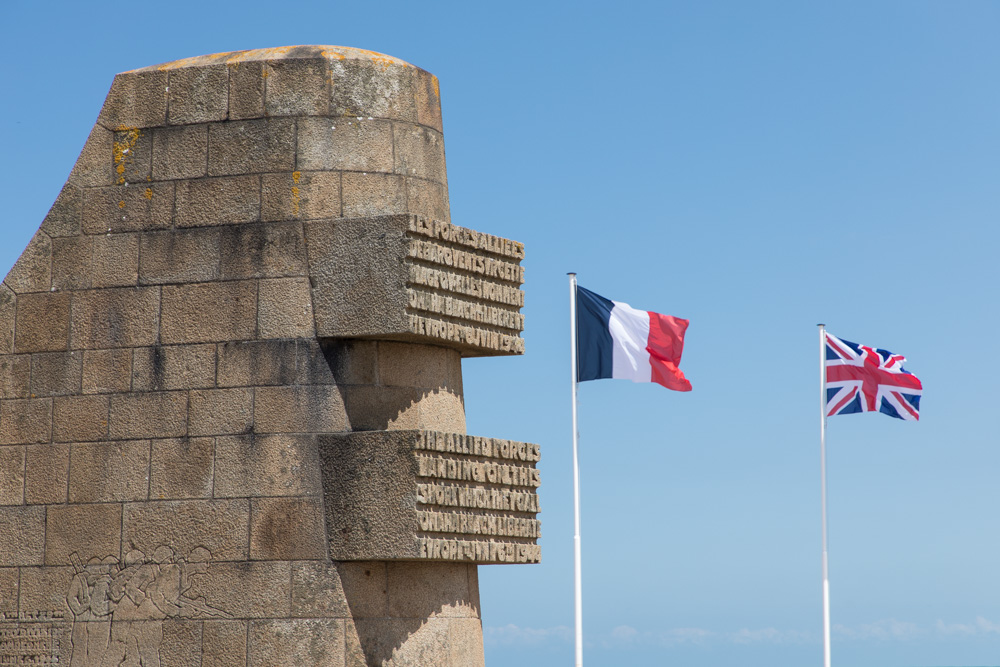
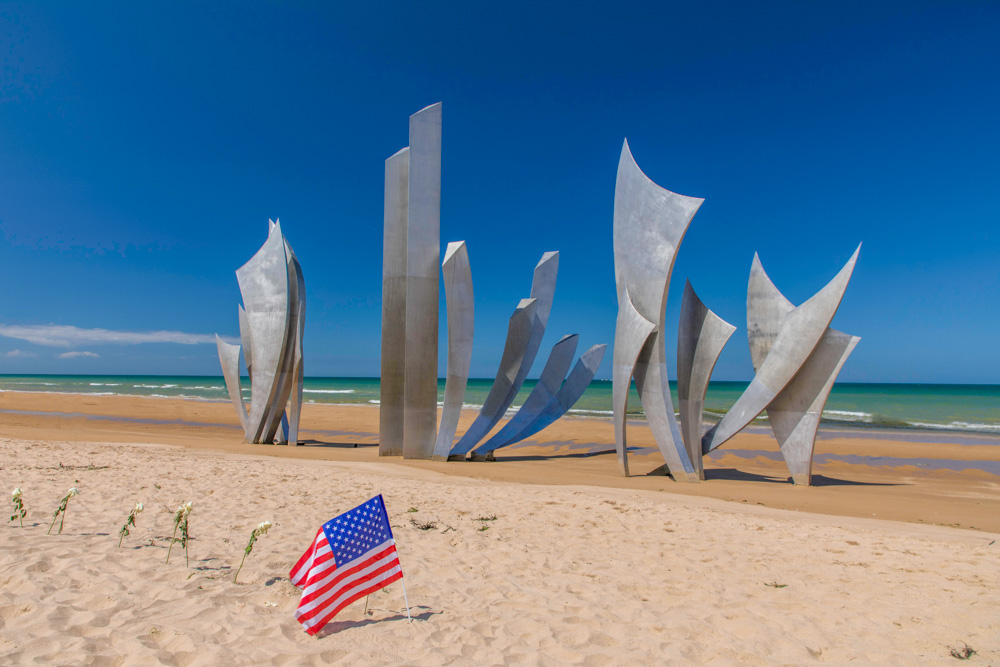

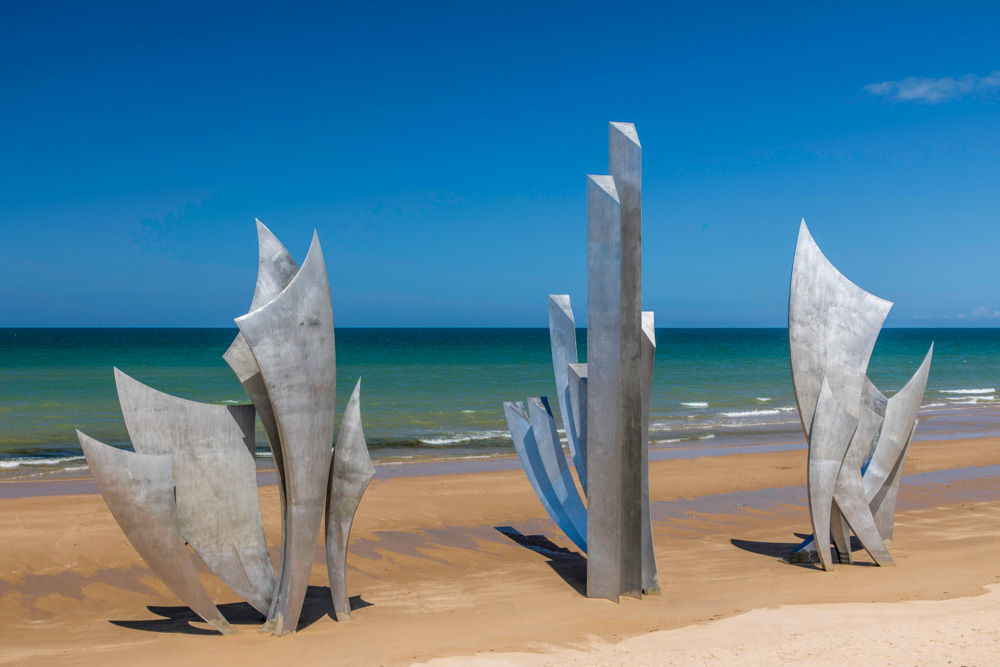
The wings of Hope
Rise, Freedom!
The Wings of Fraternity

The gun pits and entire area have been left as they were just after the war.

The Pointe du Hoc Ranger Monument was erected in 1960 by the French to honor the American Second Ranger Battalion under the command of Lt. Col. Rudder.



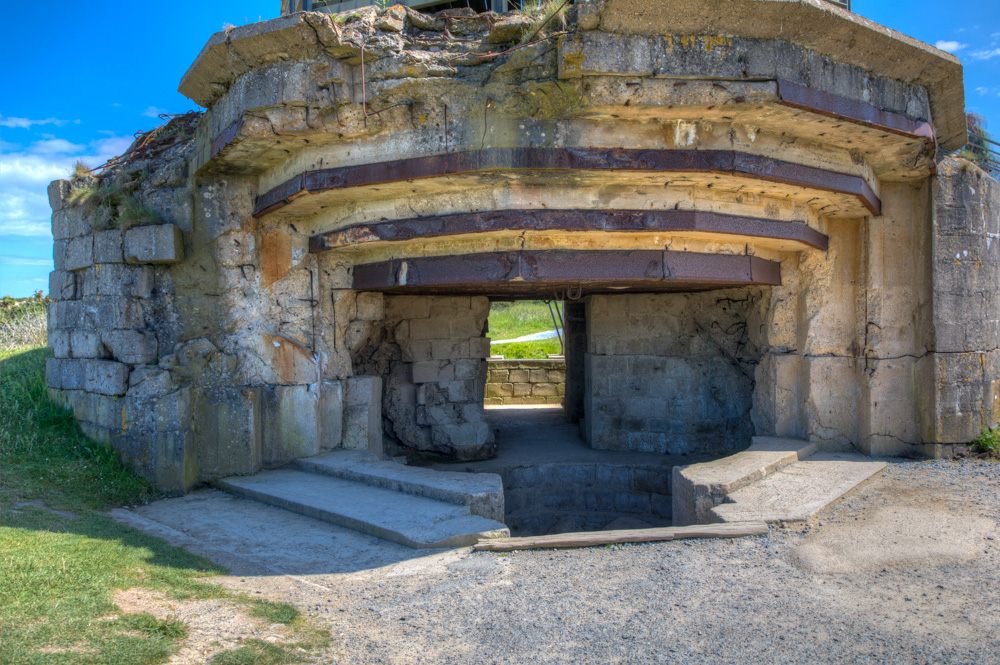

After two days of fighting, only 90 of the 225 survived.
The Rangers' heroic assault resulted in heavy casualties, but it paved the way for the Allied invasion and prevented a German counterattack.